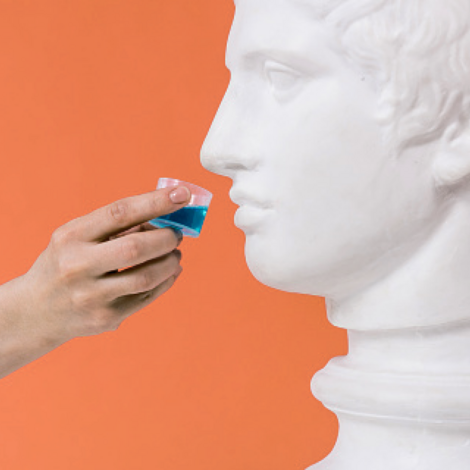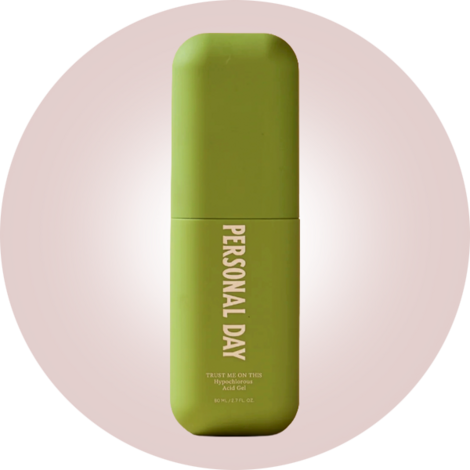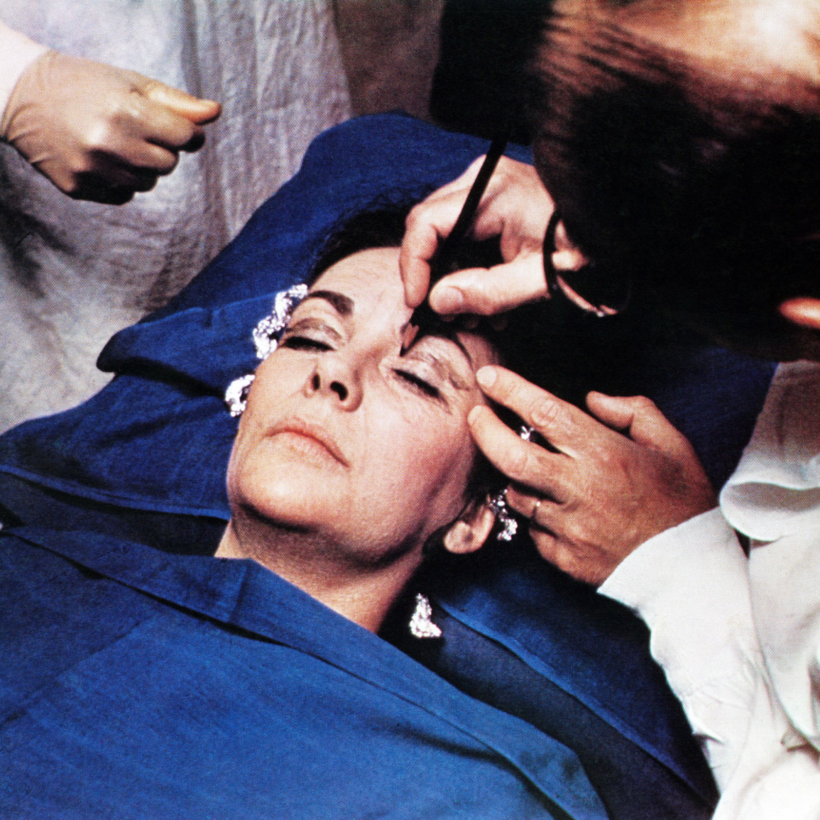At first, the picket lines resembled parties, with glittering guests (Mindy! Mandy!), sponsored food trucks (bagels from Snoop, burgers from Lil Wayne), and impromptu performances (Busy Philipps and her daughter Birdie singing “Mean”)—each a show of support for the striking screenwriters, who’ve been protesting since May.
In July, the actors staged their own walkout, resulting in the first double strike since 1960, when Bob Hope hosted the 32nd Annual Academy Awards, calling the event “Hollywood’s most glamorous strike meeting.”
But here’s a plot twist: quietly, privately, some of those sidelined by the historic strike are taking this moment to step out of the spotlight and into the operating room for face-lifts, breast reductions, eye jobs, and other procedures.
As the strike progresses, the tone has become more dire, with reports that the writers’ strike alone is costing California $30 million a day. And yet, business is heating up for plastic surgeons in the Los Angeles area, as writers, actors, producers, directors, and crew members use their downtime to get tweaked and tucked.
Dr. Steven Teitelbaum, in Santa Monica, was the first to alert me to the phenomenon, which he says is reminiscent of the uptick he experienced in 2007, during the last writers’ strike. “We’re seeing more Hollywood types, because they have time to recover,” explains the board-certified plastic surgeon. “I just operated on a stuntwoman.”
He clarifies that the strike-related cosmetic boom isn’t such a seismic trend that every player in Hollywood is suddenly going under anesthesia. After all, plenty of them have already been there, done that. “Most people who wanted plastic surgery generally found the time to do it [previously],” he says. “But there are clearly some who were putting it off, who are doing it now.”
A subset of writers, actors, and producers began planning before the strike was even official. Two to three weeks prior, “they started messaging me about potentially doing the treatments they’d been wanting for a while, because they were going to have downtime—which is the same thing that happened during Covid,” says Dr. Ben Talei, a board-certified facial plastic surgeon in Beverly Hills. “So now, in the past month, we’ve had tons of people trying to get in quickly, because they think the strike might last a few months, and they want to do as much as possible while off-screen.”
It’s all very carpe diem.
The pandemic parallel is real. Every doctor I spoke to referenced it, acknowledging the more limited scope of this current surge. Downtime was a motivator during the coronavirus, but there were other factors, like having to scrutinize our faces (and, Lord!, our necks) endlessly on Zoom. With the strike spike, “it’s not like there’s one procedure that everyone’s getting,” says Dr. Teitelbaum. “It’s whatever those individuals, as individual people, are wanting.”
Dr. Talei saw two actors from a popular NBC series for face-lifts. Another duo, rumored to have been working on a Tyler Perry show, came in together for Profound radio-frequency skin-tightening treatments.

“It’s usually slow [for us] in the summer, so we’re appreciative of the work,” says Dr. Kelly Killeen, a board-certified plastic surgeon in Beverly Hills, who starred in E!’s Dr. 90210. Dr. Catherine Chang, a board-certified plastic surgeon in the same Zip Code, has noticed a 30 percent increase in patients since the strike started, including a dramatic bump when the actors joined the cause.
The majority of those visiting Dr. Chang are focused on their faces, which “they can’t hide as easily during production.” Ordinarily, she adds, these people “have unpredictable schedules and never get solid blocks of time off.”
When the well known and wealthy book surgery, “it’s usually very time-sensitive and I have to [upend] my whole schedule in order to accommodate them,” says New York City plastic surgeon Dr. Lara Devgan. But not this summer. Several well-known actors have requested face, eye, and breast work, all citing the writers’ strike. When asked to schedule the surgery, they offered wide-open calendars for the next year.
For some, the uncertainty of the strike’s duration makes timing tricky. Dr. Sagar Patel, a board-certified facial plastic surgeon in Beverly Hills, had an animator-producer come in for chin liposuction and buccal-fat removal, but she decided to hold off on the lip lift she’d been contemplating, fearing that the recovery might interfere with media interviews she’ll need to do when her movie eventually releases. (The mouth can feel tight and move awkwardly for weeks after a lip lift, which removes a wedge of tissue from below the nostrils, rolling up the top lip.)
Work unpredictability isn’t the only roadblock to surgery. Dr. Jason Diamond, a board-certified facial plastic surgeon who treats Chrissy Teigen, multiple Kardashians, and a number of L.A. influencers whose names I should recognize but don’t, says that while he has been seeing patients from nearly every branch of production, “many are also at the forefront of the fight, so they don’t necessarily have that window of opportunity.”
When asked to schedule the surgery, they offered wide-open calendars for the next year.
Dr. Sheila Nazarian, who appears on the Netflix reality show Skin Decision, says, “The writers are required to contribute daily, in some way, to the strike—whether it is picketing or making signs.” She has even written doctor’s notes to excuse some members from their duties until their incisions heal and swelling subsides.
Many surgical procedures require two weeks of true downtime, but patients in the public eye may not feel camera-ready for four weeks. At that point, they could easily deny having been under the knife.
Given the lack of work, some strikers are postponing their surgery until they have more security and income. In the past month, Dr. Nazarian met with five writers and one studio executive to discuss breast augmentation, various injectables, FaceTite radio-frequency treatments, and hair restoration—procedures that can cost as much as $20,000. “One patient came in for her consultation, but said she can’t afford [to have surgery] until she starts working again.”
Breast reductions may provide a sort of loophole, though, since they’re often covered by insurance. Dr. Killeen, who’s downsized several writers and producers in recent weeks, has found that “they all have great insurance.”
No one can predict when the strike will end, but when it does, the public will rejoice. The plastic surgeons of Beverly Hills? Well, that might be a different story.
Jolene Edgar is a writer who frequently contributes to Town & Country, Allure, and Harper’s Bazaar





